One of the last acts of King George V was to write a letter which would change the face of Braemar’s famous Gathering for ever.
George wrote the letter on January 13 1936, just two days before he took to his bed in Sandringham, never to rise again.
He died on January 20.
But his beloved Balmoral, and the Gathering of which he was patron, were evidently in his mind as he neared his end.
He decided to tie up a loose end which had been bothering, not to say embarrassing him for some time, and wrote to John Grant, secretary of Braemar Royal Highland Society with a polite suggestion, which he knew would have to be acted upon.
A ‘difficult problem’
“For some years the march past of the clansmen at the Braemar Games has presented an increasingly difficult problem,” he wrote.
“It cannot be denied that the ever-increasing facilities for transport have altered the whole character of the Games.
“Whereas in the early days the spectators were drawn from the immediate neighbourhood, and having knowledge of local conditions, were not unduly critical, they are now brought from all over Great Britain, and the detachments of clansmen are gradually assuming the role of performers at a public entertainment, which has become the sole object of their existence.
“Again, various military tattoos held in different parts of the country have made a large proportion of the spectators familiar with the movement of drilled men, with the result is that there is apt to be criticism of bodies such as the clansmen, who neither by age or occupation can be expected to attain the same standard.”
The King pointed out that the competition of massed drums and pipes had become a popular feature of the Games, and suggested that they would present a ‘far more impressive’ march past than the clansmen.
There were some polite protests about this from the society, but the King’s will prevailed – and it has been this way ever since.
What was behind the King’s obvious embarrassment over the clansmen’s march?
The Braemar Centre archive holds the answer, and it may have something to do with the small libation or two enjoyed by the clansmen the night before.
The Gathering, now 190 years old, was traditionally opened by a march past of three groups of local Highlanders, the Duff Highlanders from Marr Estate; the Invercauld Highlanders from Clan Farquharson, and the Balmoral Highlanders.
They were known as the clansmen.
Braemar Centre tour guide Mary McNaught said: “They were proud Highlanders, estate workers and retainers of the three large neighbouring estates, about 200 men, and they would have cut an impressive sight in their own dress.
“The Duff Highlanders carried pikes and had a holly spring in their cap badges.
“Invercauld carried broadswords and had fir in their cap badges, while Balmoral carried Lochaber axes and had thistle and oak in their badges.”
The Gathering was the one day of the year when family and friends, kith and kin, could get together, with hospitality the order of the day.
So much so that the bar bills from The Fife Arms the night before the Gatherings had become legendary.
A good time was had by all
Mary gave examples from the archives of the Braemar Highland Games Centre.
“In 1882, a bill from the Fife Arms made out to the society on the eve of the Games was for two and a half gallons of whisky, costing £2/7shillings [close to £300 now].
“1926 the Duff Highlanders alone ordered 70 lunches, 57 bottles of whisky, 57 bottles of beer and 330 sandwiches.”
It doesn’t take too much to imagine what went down on the night before the 1935 games.
According to Pathe newsreel, George and his wife Mary weren’t actually present that year as the court was in mourning for the Queen of Belgium, but the reports can’t have been favourable.
George is the present Queen’s much-loved grandfather.
He was King of the United Kingdom and the British Dominions, Emperor of India, lived through many wars during his 26-year reign and was a proud military man.
Perhaps he found the result of the Highlanders’ ‘sair heids’ on the day of the games and their reputation for unbridled revelry the night before in need of some military discipline.
More like this:
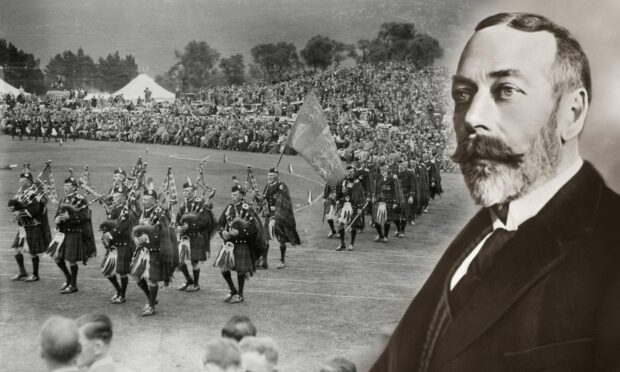
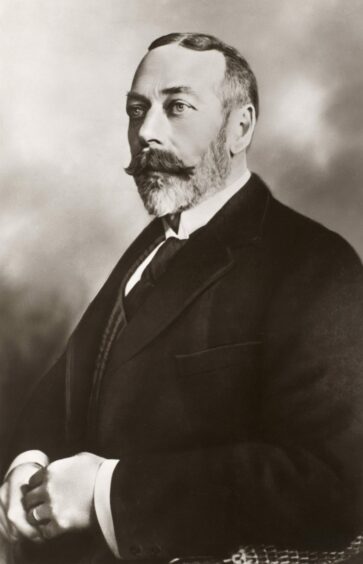
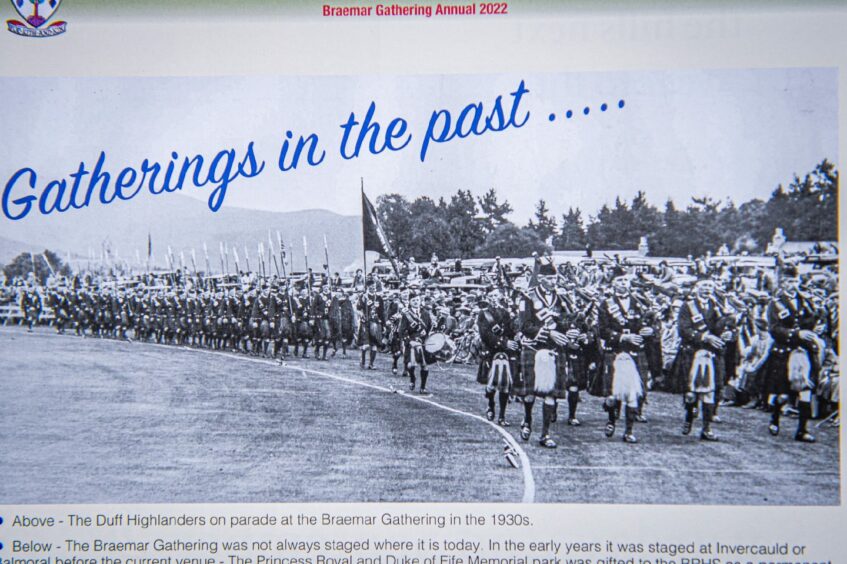
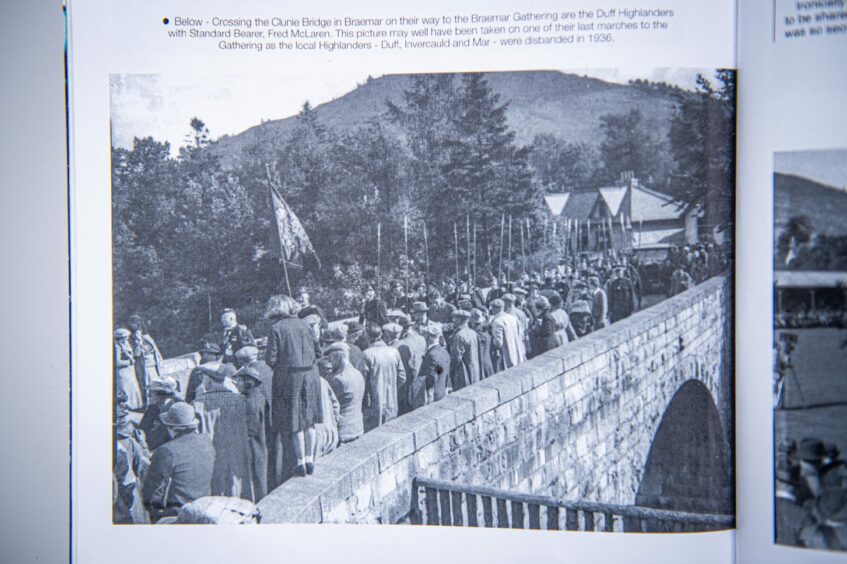
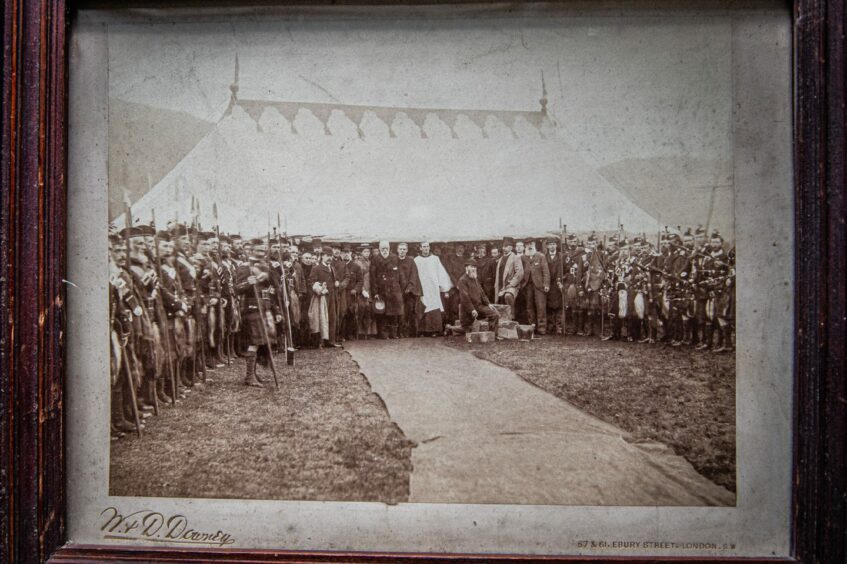

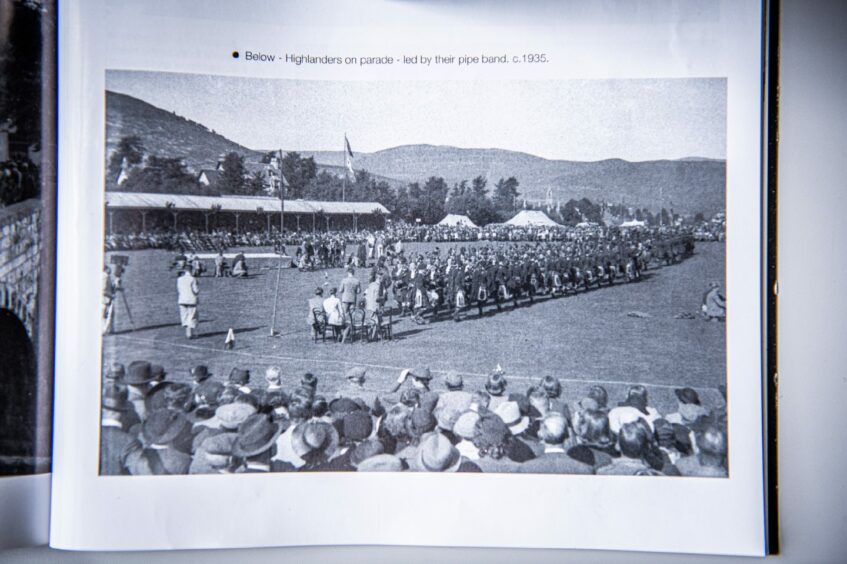
Conversation